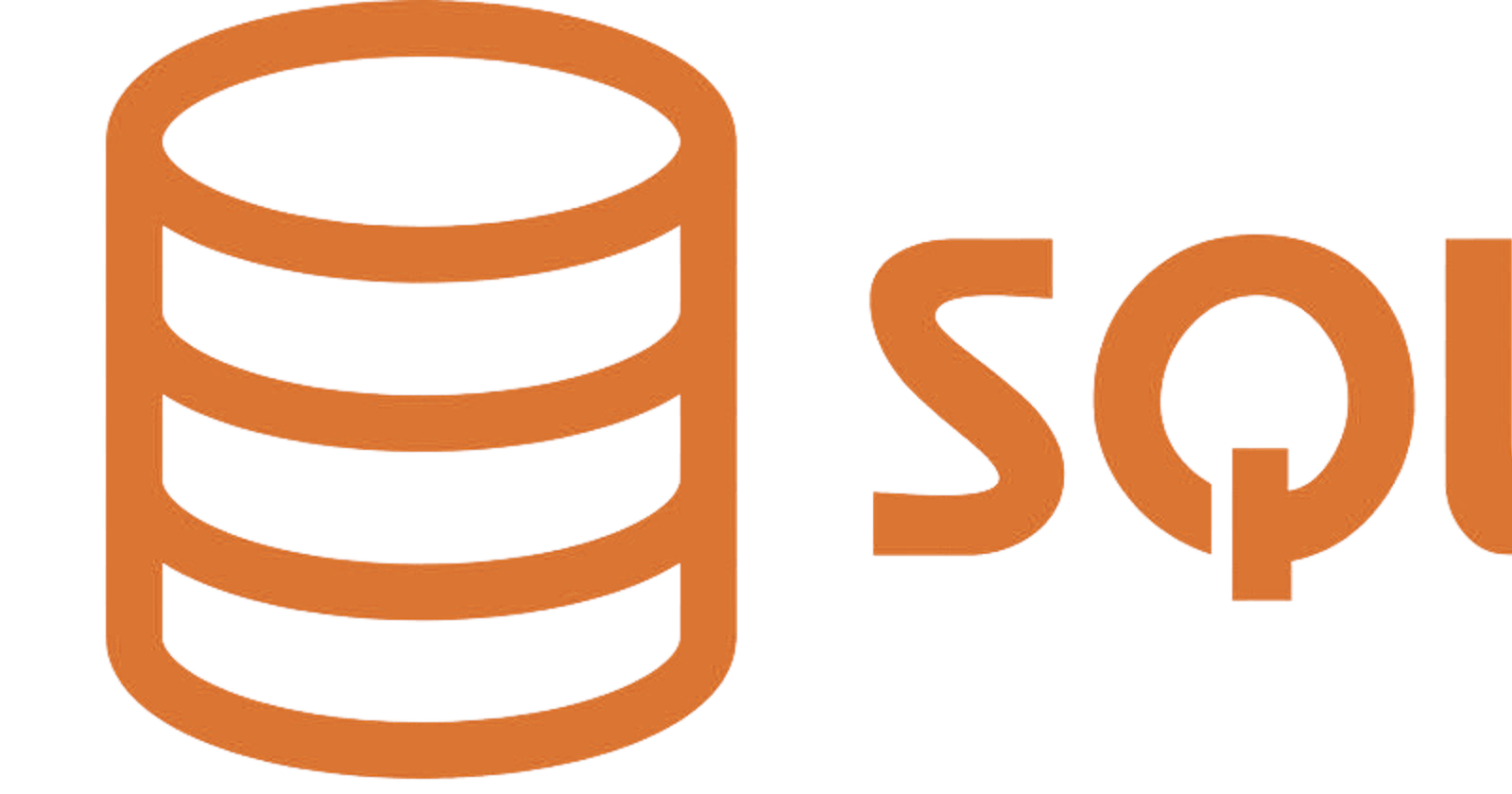Introduction
When you typecast a datetime column to a date in a database or programming language, it typically does not change the original data everywhere automatically.
Instead, it creates a new representation of the data where the time component is truncated, and only the date component remains. The original datetime data in the column remains unchanged.
Here's how it usually works:
Typecasting: When you typecast a datetime column to a date, you are essentially telling the system to consider the date portion of each datetime value while ignoring the time portion.
New Representation: The result of the typecast is a new column or data structure that holds the date values. This new representation can be used for various purposes, such as filtering or grouping by date.
Original Data: The original datetime column with both date and time information remains as it was before. It is not modified or updated by the typecasting operation.
For example, in SQL, if you have a table with a datetime column called timestamp and you want to extract just the date portion, you can create a new column or use it in a query like this:
SELECT CAST(timestamp AS DATE) AS date_only
FROM your_table;
- If you want to permanently change the data in the table, you would need to perform an update operation. However, it's important to be cautious when modifying data in this way, as it can impact the integrity of your records.
